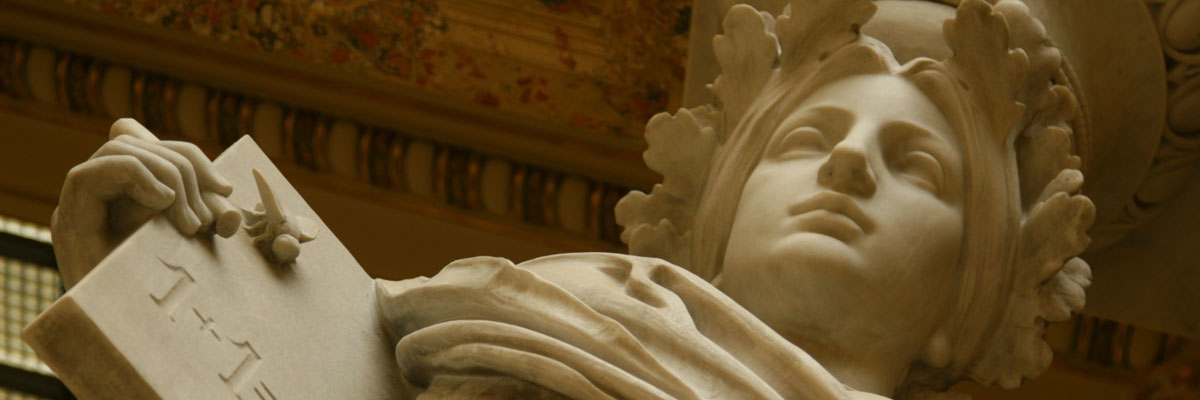
Materials for reconstructive and plastic surgery improved
14. 02. 2024
Researchers from IOCB Prague and their colleagues from Ghent University in Belgium have been working on improving the properties of gelatin-based materials, thereby expanding the possibilities of their use mainly in medicine. In a paper published in the scientific journal ACS Applied Engineering Materials, they have presented 3D-printable materials that can be easily monitored using an X-ray machine or through computed tomography (CT).
Gelatin-based materials have been a hot topic of research in the last ten years because they are straightforward to produce, non-toxic, inexpensive, biodegradable and - most importantly - because they promote cell growth. For this reason, they are pre-eminently used in plastic and reconstructive surgery. After a surgeon places an implant made of such material into a wound, the body gradually breaks it down and replaces it with tissue of its own. These substances thus accelerate wound healing and even enable the remolding of tissues, for example when performing breast reconstruction after mastectomy. In addition, the materials can be used for 3D printing implants tailored to individual patients.
So far, however, there has been one big obstacle to tackle, namely that it has been very difficult to track the breakdown of these materials in the body using conventional imaging methods. And this very hurdle is one that researchers from IOCB Prague are working to overcome. A radiopaque (i.e. X-ray-contrast) agent newly added to the materials makes it possible to trace how quickly implants shrink over time and whether they are intact or damaged.
One person behind this research at IOCB Prague is Ondřej Groborz from the research team of Tomáš Slanina (Photoredox chemistry group). He explains: ‘A whole series of academic papers is being written on this topic. The first of them introduces a gelatin-based material that can be monitored using magnetic resonance imaging. In our second article, recently published in Applied Engineering Materials, we endow the materials with X-ray and CT detectability.’
Read also
- We need a new European institute for AI in science, academies advise
- Czech Republic has a new weapon against dangerous viruses and infections
- Searching for mammals in the mountains of Papua New Guinea
- Opening the door to the development of molecular chips
- The first humans came to Europe 1.4 million years ago
- Frozen behaviors in amber fossils
- Front-flip: parasitic fish embryos must learn it when they are two days old
- Light-triggered chemistry in a single molecule
- Unique butterfly-shaped magnetic graphene nanoparticle combines two concepts of magnetism formation
- Altermagnetism has been experimentally confirmed
The Czech Academy of Sciences (the CAS)
The mission of the CAS
The primary mission of the CAS is to conduct research in a broad spectrum of natural, technical and social sciences as well as humanities. This research aims to advance progress of scientific knowledge at the international level, considering, however, the specific needs of the Czech society and the national culture.
President of the CAS
Prof. Eva Zažímalová has started her second term of office in May 2021. She is a respected scientist, and a Professor of Plant Anatomy and Physiology.
She is also a part of GCSA of the EU.